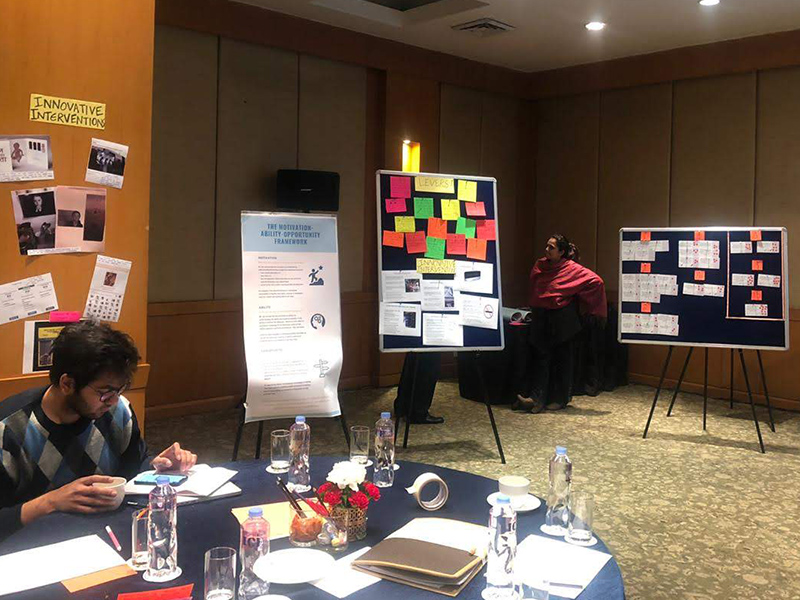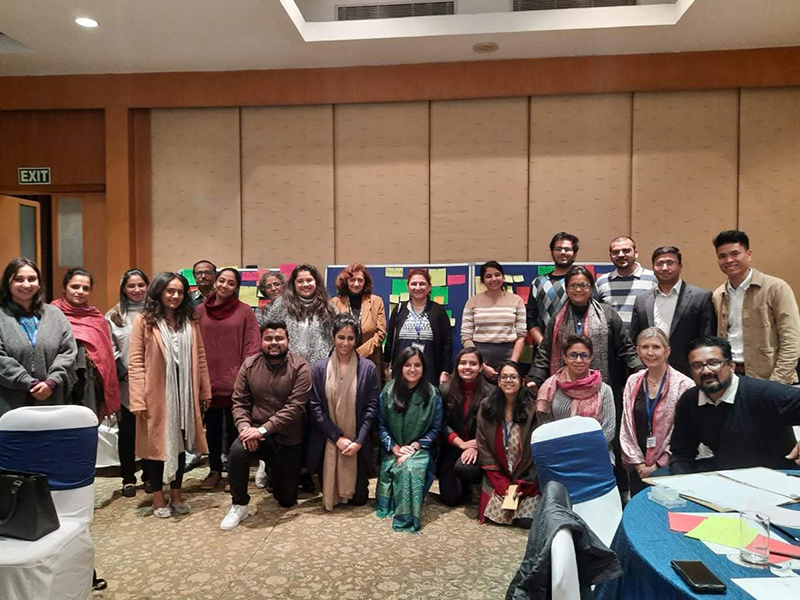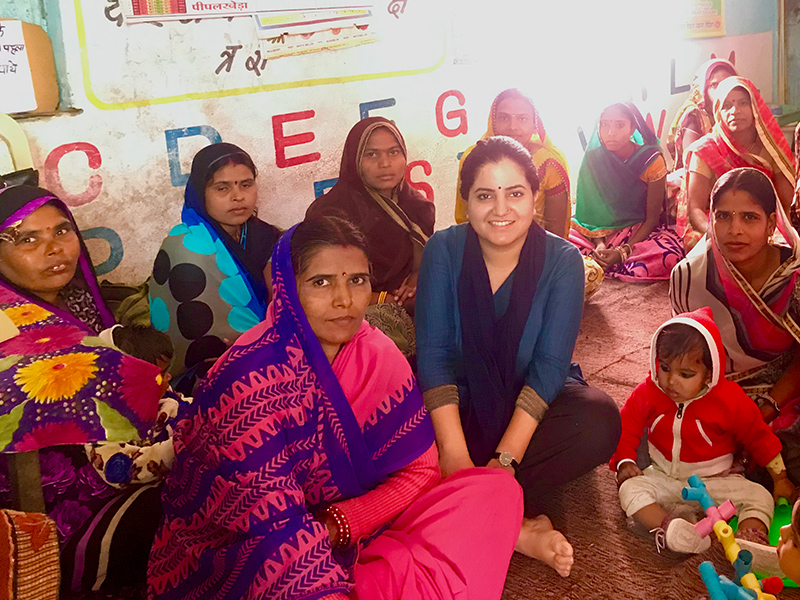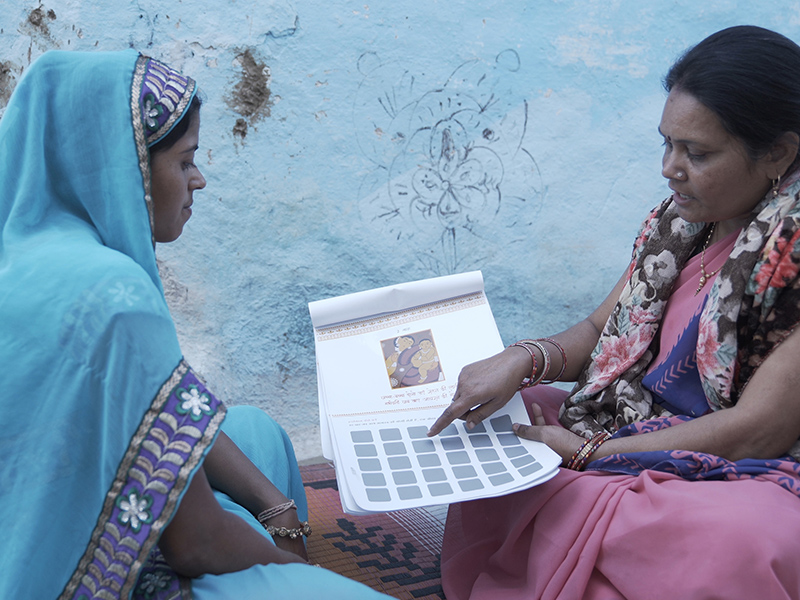Introduction
NITI Aayog has partnered with Bill and Melinda Gates Foundation (BMGF) and Centre for Social and Behaviour Change (CSBC), Ashoka University to help set up the Behavioural Insights Unit (BIU). The objective of the BIU is to improve indicators on the ground using behavioural insights.
Honourable Prime Minister has laid out a vision for a New India by 2022. The need to penetrate high economic growth trajectory in the pockets of underdevelopment has been prioritised by the Government Of India. The focus is on improving the performance of public programs in these pockets of underdeveloped districts and improving the quality of life of the citizens. NITI Aayog is anchoring an initiative for 112 such districts which are categorised as aspirational districts. To respond to the aspirations of citizens in these districts, the Government of India and the State Governments have initiated a project in mission mode in education, health and nutrition, financial inclusion and skill development, agriculture and water resources and basic infrastructure sector and have identified set of 49 key performance indicators (KPIs) across these sectors. CSBC has committed itself to contribute to realisation of Honourable Prime Minister’s vision of a New India which includes rapid transformation of aspirational districts
To advance this intent, the BIU is working in the following areas:
- Research and Learning: Collate and disseminate evidence-based best practices in applied behavioural science
- Design and update a knowledge portal with evidence-based learnings and successful interventions in behavioural science from India and across the globe. All data from the BIU will be a public good and disseminated through the knowledge portal hosted by NITI Aayog
- Convene relevant stakeholders/partners and share learnings, leveraging CSBC’s existing networks (local and global); conduct training workshops, as required
- Develop and disseminate communication material for regular knowledge sharing (e.g., journal publications, newsletters, white papers)
- Design of Behavioural Interventions and Piloting: Improve priority indicator(s) through jointly-run pilot projects especially in aspirational districts
- Define and Diagnose: Use of anonymised survey data and field/expert interviews to identify priority indicators to intervene on; identify the behaviours linked to the indicators and define which behaviours to focus on and then diagnose critical behavioural barriers and levers through primary research and comprehensive literature reviews.
- Design and Test: Design interventions to overcome identified barriers; conduct lab and lab-in-the-field studies to test efficacy of the interventions and iterate design based on results.
- Pilot: Wherever feasible, pilot tested interventions in select districts in a rapid-response, quick turn-around randomised controlled trial (RCT) method using relevant behavioural outcome variables. Lead pilot design, training and monitoring, with implementation being led by partners on the ground.
- Impact evaluation: Promote rigorous impact evaluations of interventions by engaging independent entities, which may be undertaken with the use of real-world outcome variables that measure behaviour change
- Scale: Create a “scaling plan” which provides specific best practices to scale the intervention to other districts. This plan will be a handover-ready document for implementing partners to run independently. Survey waves will be used to measure changes in priority indicators and adapt/optimise interventions as necessary. Scale-up in districts to be done by implementation partners.
- Capability building: Advice from the BIU to build capacity
- Develop staffing model, governance structure and processes for the BIU
- Develop processes to enable regular stakeholder engagement
- Build long-term action plan for ensuring sustainability of the BIU
Phase 1 Update
In the first phase, the BIU is working on pilot projects in 10 districts to improve five Health and Nutrition indicators namely Iron and Folic Acid Supplementation, Complementary Feeding, Antenatal Care Visits, Immunisation and Safe Deliveries.
We are also working on a project to improve effectiveness of frontline health workers (FHWs). It entails defining and diagnosing challenges in existing programs and processes with reference to performance of FHWs, identifying key focus areas and behavioural challenges, and designing interventions to improve their effectiveness.
One of the first knowledge products developed by the BIU is the publication – ‘Stories of Change from India’s Districts: Use of Behavioural Insights. It is a collection of 30 practices from across the aspirational districts that are behaviourally informed and have been effective in bringing about change.
